
RST Apology to Tasmanian Aboriginal people 2021.

RST Apology to Tasmanian Aboriginal people 2021.
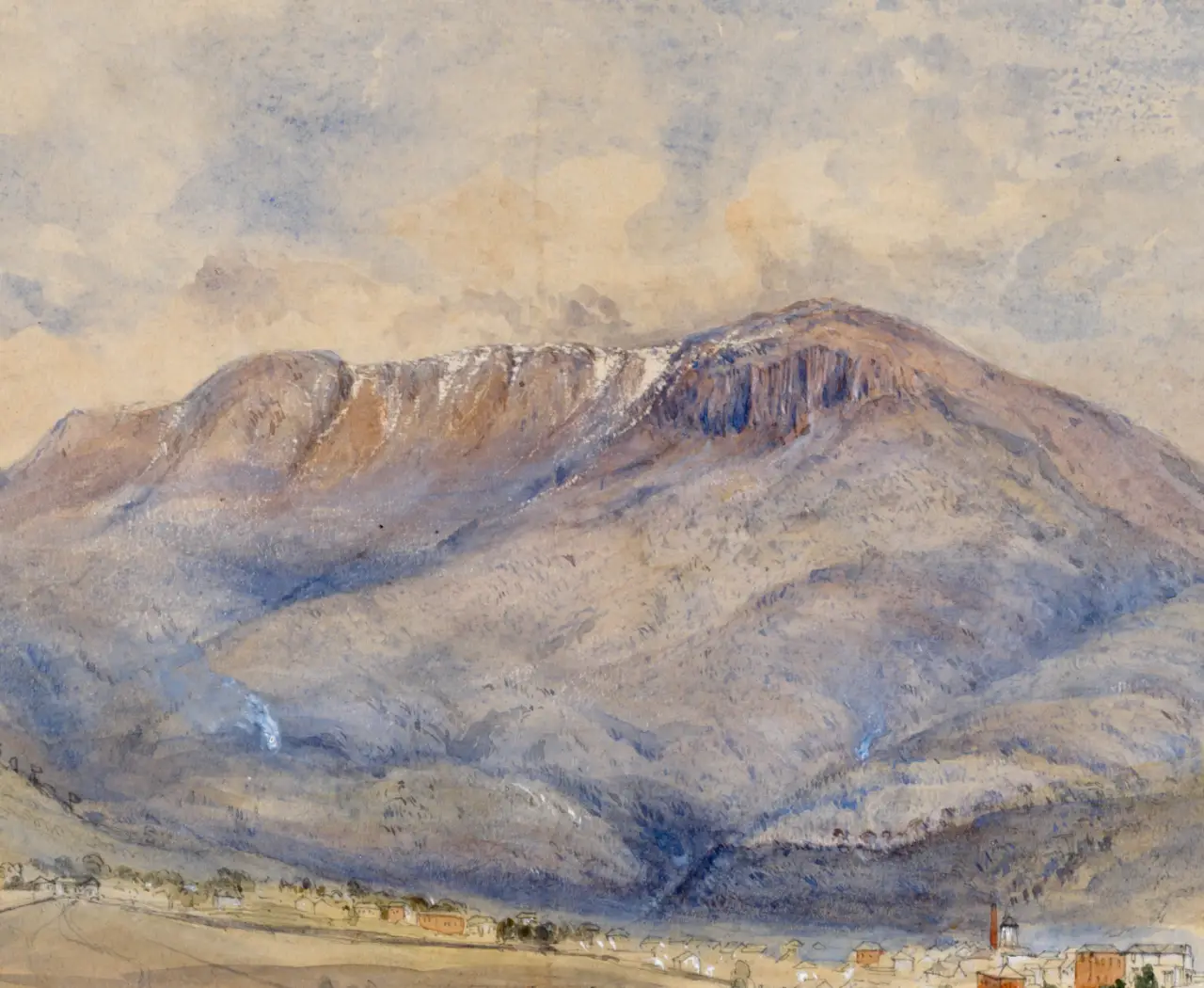
Several books have been published by the Royal Society of Tasmania. The details of these are described below.
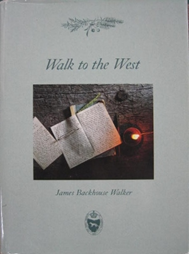
The edited diary of James Backhouse Walker recording experiences and observations made during a walk to western Tasmania in 1887 by seven prominent Tasmanians, most of them members of the Society. Edited by Dr Michael Stoddart.
The book was published to celebrate both the sesquicentenary (150 years) of the Royal Society of Tasmania in 1993, and the event from which the book is made – the Walk to the West Coast of Tasmania by James Backhouse Walker, Arthur Leslie Giblin, Charles Percy Sprent, William Piguenit, Robert Mackenzie Johnston, William Vincent Legge, George Samuel Perrin, and Henry Vincent Bayly in 1887 from Hobart to the West Coast of Tasmania.
Publication date: 1993. Out of print
Diary
The diary (unpublished) by Walker is transcribed for the book, and meticulous annotation explains the Tasmanian conditions and environment.
It identifies characters involved in the exploration and place naming in the West Coast of Tasmania in its Lexicon of relevant place names.
The days and locations included: -
17 February 1887 - Hobart to New Norfolk by train, then to Ouse by coach
5 March 1887 - Formby (Devonport) by coach to Launceston, then by train to Hobart.
It also contains a foldout map that was current of the West Coast in 1888 - when the party was travelling.
It mentions the name of the significant track cutters and explorers of the era.
Charles Robert Darwin was an unpaid, inexperienced gentleman-naturalist when he left England on HMS Beagle in the latter days of 1831. Part of his learning experience was in Hobart Town during February 1836. Here he undertook research, and made several excursions from the ship. He published little of his observations and thinking from his stay in Van Diemen's Land, and such material is now either dispersed or difficult to access. This book assembles all relevant comment and notes, published and unpublished, and provides access to this material for the first time.
The first part of the book consists of papers presented at a special symposium held by The Royal Society of Tasmania (founded shortly after Darwin left Hobart) on 11 February 2009. This was to mark the 200th anniversary of Darwin's birth, and the 150th anniversary of the publication of On the Origin of Species. The second part offers annotated guides and discussion for excursions based on those made by Darwin whilst in Hobart.
Published in 2009
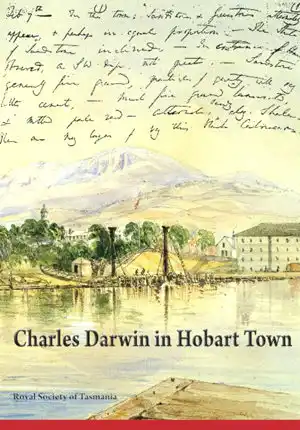
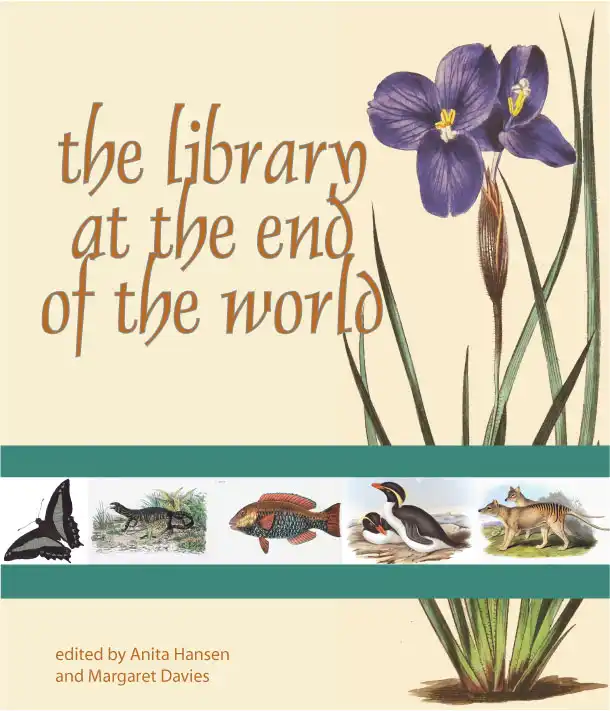
Science and Art come together in this lavishly-illustrated (over 200 high-quality pictures), 240 pp book which explores the natural history art to be found in The Royal Society of Tasmania’s Rare Book Collection. The brief of the numerous scientific authors was to view these amazing early volumes and their exquisite illustrations and to consider how important they were to the understanding of their particular group of organisms in early times, and what influence they have had on the science today. The art authors were asked to bring to life the incredible men and women who produced the extraordinary art work that you will find reproduced in this volume. So often their talent and identity is overlooked, yet without them, we would have nothing but verbal description that conveys nothing of the real wonder of the organisms.
The Library at the End of the World: Natural Science and its Illustrators was published in late October 2014. The 1000 hardcover copies were numbered and signed by the editors.
Cartography through time is explored in this lavishly-illustrated (over 100 high- quality pictures), 138 pp book which explores The Royal Society of Tasmania’s fascinating Map Collection and also includes maps from volumes found in the Society’s Rare Book Collection.
Contributors: Foreword by Matt King; Introduction by Michael Giudici; 1. Charting the west: a wild and unforgiving coast / Peter Marmion and Tony Fenton; 2. Footprints of discovery and settlement: southern Van Diemen’s Land / John VanderNiet; 3. East by northwest: from convicts to tourism / James Parker; 4. An island apart: varied visions / Peter Mercer; 5. A continent revealed / Aidan Davison and Andrew Harwood; 6. Towards the poles: deep souths and deep norths / John Williamson; 7. A world in parts: from mapmaking to empires / John Williamson; 8. A glorious globe: lines and projections, facts and fictions / Michael Giudici; 9. The sharpened view: from farther out and closer in / Matt King; Bibliography; Index.
Mapping Van Diemen’s Land and the Great Beyond, published July 2018.

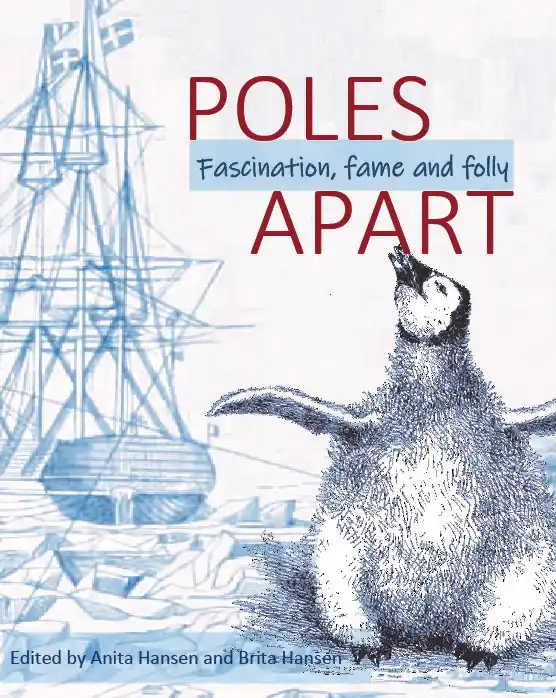
The last two frontiers on Earth, the Antarctic and the Arctic, are the stuff of heroes, heartache, courage, mystery, misery, endurance and loss. All these and more are captured in the pages of Poles Apart: Fascination, Fame and Folly. This wonderful book lays out, in a series of snapshots, mankind’s incredible persistent battle in firstly taming and secondly understanding our amazing icy wilderness.
Poles Apart: Fascination, Fame and Folly was published in early November 2018 as part of The Royal Society of Tasmanian’s 175th anniversary celebration.
Published December 2020, reprinted 2021.
Editors: John Hill, Tony Hope, Ross Large, David Royle
This book features the biographies of 65 Australian mineral explorers and educators. Their stories show that the discovery of buried minerals is an extremely complex science, requiring knowledge, innovation, disciplined application of geological principles, teamwork, persistence and luck.
Mineral discoveries in the 1950 to 2010 period have been the backbone of wealth creation for all Australians and helped to maintain Australia’s economic position as the “Lucky Country”. However, discovery of buried minerals is an extremely complex science that requires knowledge, innovation, disciplined application of geological principles, teamwork, persistence and an ounce of luck.
In this book you will read 65 exciting and sometimes unbelievable stories of the life and achievements of a cross section of Australian mineral explorers and educators who have advanced the science of discovery and contributed to the wealth of Australia for all Australians. Without these mineral discoveries, most in remote and inhospitable parts of Australia, many of us would not enjoy the high standards of living achieved in this country.
The stories told in these pages include the discovery of 150 mineral deposits, from the very largest (Olympic Dam of over 6 billion tonnes of copper, gold and uranium ore) to the smallest (the gold rich Juno deposit in Tennant Creek). Collectively these mineral discoveries amount to many hundreds of billions of in-ground value, that have supported many mines, towns and communities in outback Australia for 50 years and beyond.
Read a review of the book by Dr Malcolm Ward here.
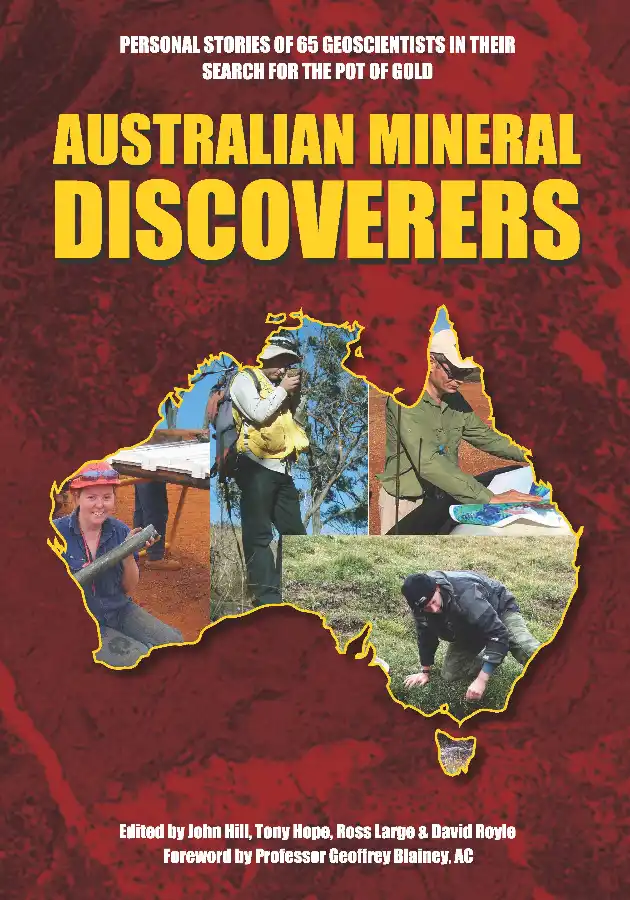
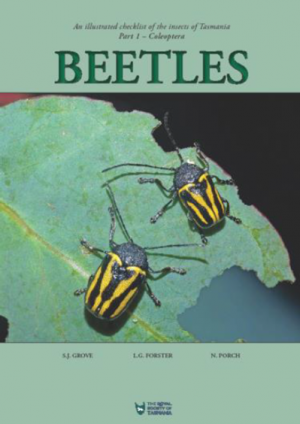
Author(s): Simon Grove and L G Forster and N Porch
The book, published by the Royal Society of Tasmania with financial support from the Friends, is a catalogue of all the described species of beetles from Tasmania, including Macquarie Island. It includes a meticulous up-to-date list of 2,864 species, including over 600 endemics, and colour plates featuring at least one representative species from almost every one of the 117 beetle families.
Tasmania’s beetles, now known to comprise 2,499 different species. As Tasmanian Museum and Art Gallery curator and author Simon Groves says, beetles are fascinating and diverse, with 40% more beetle species than vascular plants. Some are herbivores, others carnivores. They play an important role in the environment helping keep other species in balance. Some use mimicry for protection. The colours red and black are signs to birds that animals are likely distasteful or poisonous. And some beetles are. But others have adopted these colours to deter predators when they are neither distasteful nor poisonous.
Published 2022. Currently out of print.
Listen to Simon talk about his book on The Science Show
The Royal Society of Tasmania issues Special Publications from time to time, often associated with a particular symposium organised by the Society.
This volume was printed in 1971 as a tribute to Dr Winifred M Curtis, AM. The 28 papers are very largely in the Tasmanian context. Dr Curtis greatly enhanced the scientific and public knowledge of Tasmanian flora through her long and systematic contributions. This is a fine volume. (247 pages)
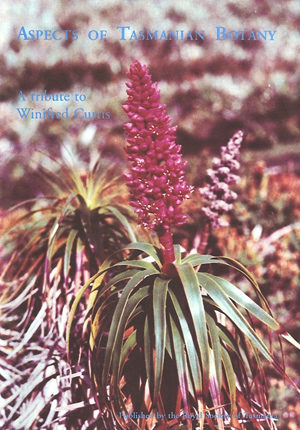
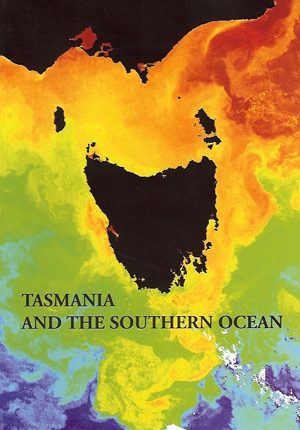
Papers from a symposium held in Hobart in September 1998 to celebrate the ’98 UNESCO Year of the Ocean. Several papers reflect on political and legal developments in the area and others report scientific studies involving the Southern Ocean between Tasmania and Antarctica.
A symposium of the same name was held in Hobart. The book increases awareness of the outstanding natural and cultural features of the Tasmanian Wilderness Heritage area. (8 papers, 196 pages)
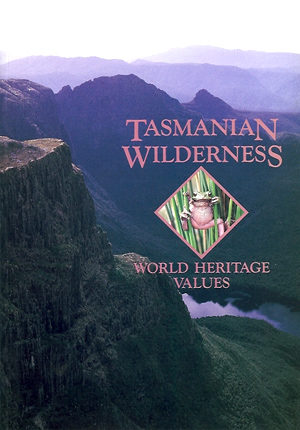
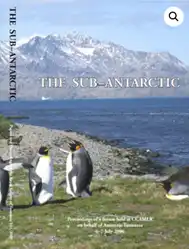
The Sub-Antarctic
Proceedings of a forum held at CCAMLR on behalf of Antarctic Tasmania 6-7 July 2006. 214p. The volume contains 21 papers on various aspects of the Sub-Antarctic islands including coloured plates and diagrams (published October 2007).
Papers from a symposium arranged by The Royal Society of Tasmania and held in Queenstown in November 1976. It contains an introduction by Geoffrey Blainey followed by papers on the physical, social and biological environment of the West Coast of Tasmania. There are also papers on resource utilization, the impact of man on the land and the future of the region.
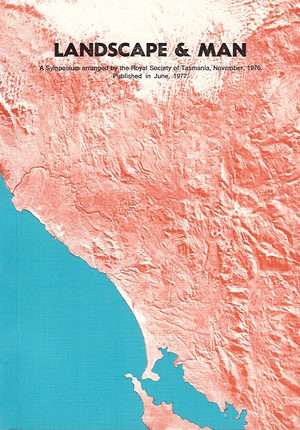
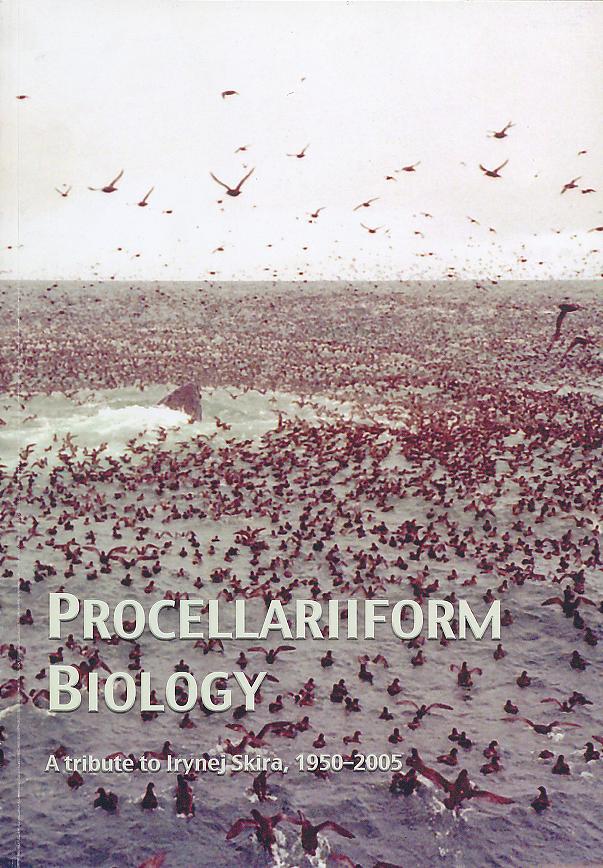
This special volume of the Papers and Proceedings of The Royal Society of Tasmania contains 18 papers by eminent seabird biologists on austral seabird biology. (206 pp).
published in 2008
The unexpected death of wildlife biologist, Dr Irynej Skira, at the age of 54 in February 2005, sent shockwaves through the scientific community. His longitudinal study of Short-tailed Shearwaters, Pujfinus tenuirostris, also known as mutton birds, was about to receive international recognition.
Irynej Skira was a professional wildlife biologist with the Tasmanian government for almost 33 years. Originally TASPAWS, by the time he died, it had transmogrified into Nature Conservation Branch oft he Tasmanian Department Of Primary Industries, Water and Environment. He used his position genuinely and tenaciously to strive to work towards the conservation of the species, in fact it was his life's work. How many of us can say that we have given our lives for a cause?
Heard Island Papers
The articles assembled here arise from a workshop held at the Australian Antarctic Division, Kingston, Tasmania, 29 June-l July 1998, reviewing past research and planning future research in the vicinity of Heard Island. This is the first published volume devoted to articles concerning research in the Heard Island Wilderness Reserve. Its publication has been financially supported by the Australian Antarctic Division. Abstracts of all talks presented at the workshop have been published as ANARE Research Note 101 (Selkirk 1998).
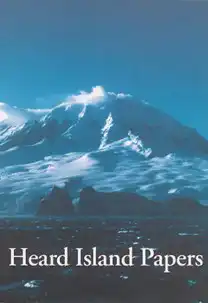
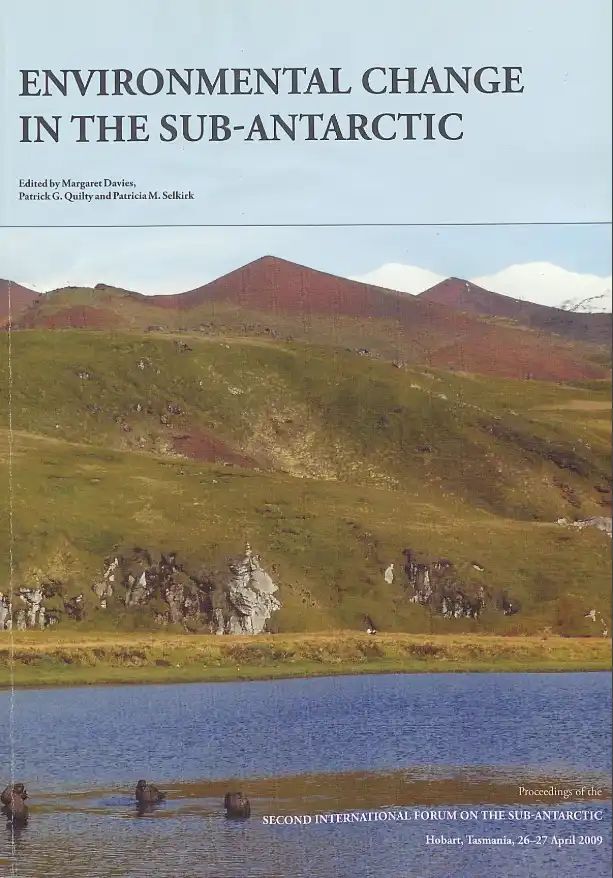
Environmental change in the sub-antarctic
Papers and Proceedings of The Royal Society of Tasmania Vol 143, Part 1
Margaret Davies, Patrick G. Quilty and, Patricia M. Selkirk (co-editors)
The second International Forum on the sub-Antarctic was held in Hobart on 26-27 April 2009.
The focus of this Forum was on environmental change in the sub-Antarctic. Over the course of two days, speakers and ensuing discussion addressed change over various time periods, and in various components of the sub-Antarctic system:
The Sub-Antarctic Forum series aims to promote understanding and appreciation of this unique region, and to encourage discussion of sub-Antarctic issues, particularly in promoting wide discussion around the topics of the final panel discussion that concluded the Forum:

The Royal Society of Tasmania acknowledges, with deep respect, the traditional owners of this land, and the ongoing custodianship of the Aboriginal people of Tasmania. The Society pays respect to Elders past, present and emerging. We acknowledge that Tasmanian Aboriginal Peoples have survived severe and unjust impacts resulting from invasion and dispossession of their Country. As an institution dedicated to the advancement of knowledge, the Royal Society of Tasmania recognises Aboriginal cultural knowledge and practices and seeks to respect and honour these traditions and the deep understanding they represent.

On 15 February 2021, the Royal Society of Tasmania offered a formal Apology to the Tasmanian Aboriginal people.